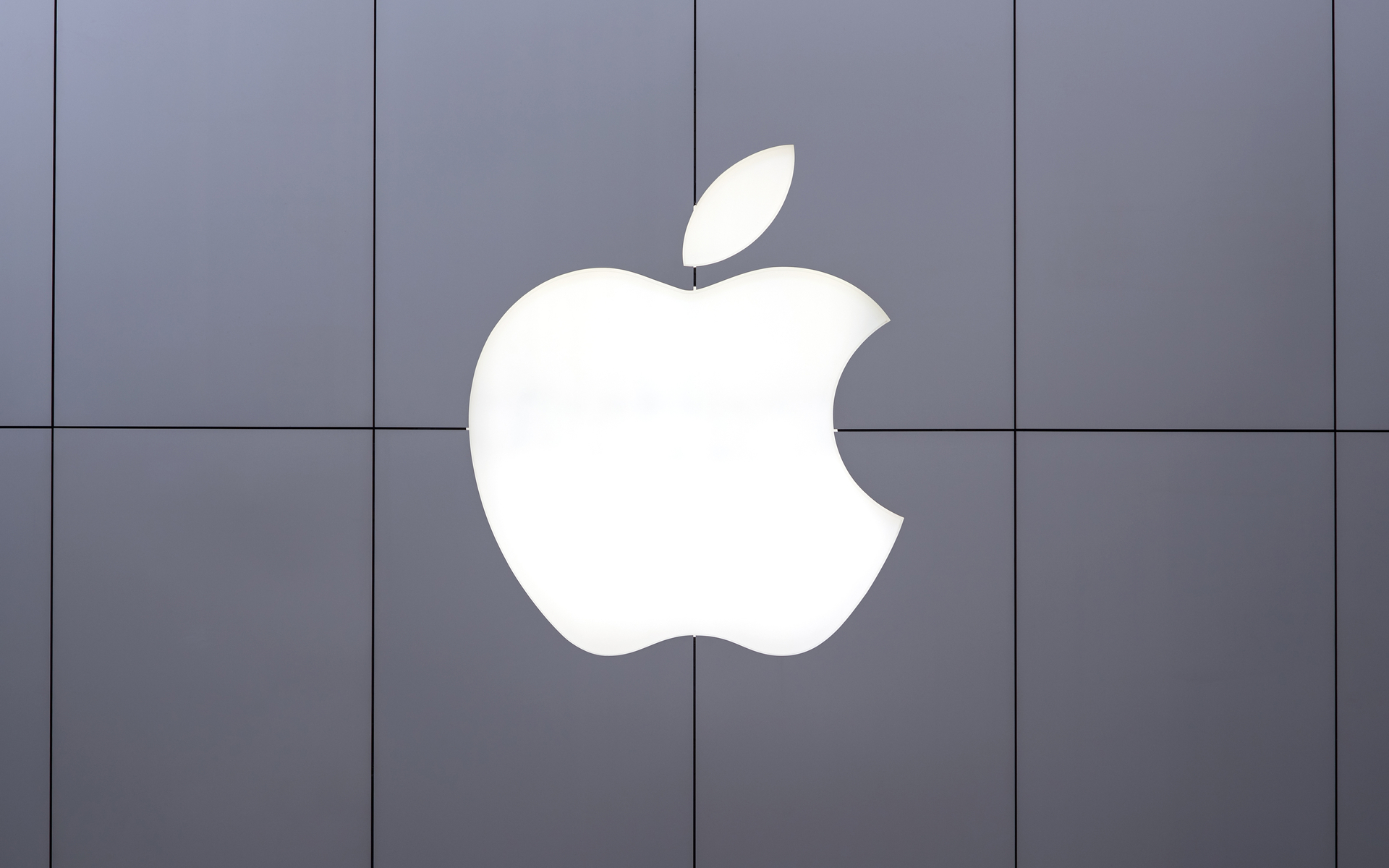Michael Saylor Urges Apple to Buy Bitcoin
11.06.2025 9:00 1 min. read Alexander Stefanov
MicroStrategy's executive chairman and a well-known Bitcoin maximalist, has publicly challenged Apple to ditch its underperforming stock buyback program in favor of acquiring Bitcoin.
His bold call, made on June 10 via X, was a direct response to criticism from financial commentator Jim Cramer, who deemed Apple’s current buyback strategy ineffective.
Apple’s stock has dropped over 17% this year, despite its massive $110 billion buyback initiative announced in May 2024. In stark contrast, Bitcoin has surged over 17% in the same period, and a staggering 1,000% over the past five years, far outpacing Apple’s 137% gain.
Saylor argues this stark difference in performance makes Bitcoin a far superior investment for the tech giant’s capital.
This isn’t just Saylor’s personal opinion; it reflects a growing trend of corporate Bitcoin adoption. Companies like GameStop, which recently bought 4,710 BTC for $513 million, are increasingly adding crypto to their balance sheets.
Japan’s Metaplanet has become the world’s eighth-largest corporate Bitcoin holder, even planning to raise $5.4 billion for more acquisitions.
Similarly, Paris-based The Blockchain Group has amassed over 1,471 BTC and aims to raise another $340 million for its Bitcoin treasury. Saylor’s push for Apple signals a desire for one of the world’s most influential companies to join this emerging financial paradigm.
-
1
Elon Musk Unveils His Own ‘America Party,’ Signals Pro-Bitcoin Political Shift
07.07.2025 11:40 2 min. read -
2
Bitcoin Blasts Past $121,000 as Institutions Fuel Rally—Will Altcoins Follow?
14.07.2025 8:15 2 min. read -
3
Bitcoin: What to Expect After Hitting a New All-time High
10.07.2025 14:00 2 min. read -
4
Peter Brandt Issues Cautious Bitcoin Warning Despite Bullish Positioning
10.07.2025 20:00 2 min. read -
5
Vanguard Now Owns 8% of Michael Saylor’s Strategy, Despite Calling BTC ‘Worthless’
15.07.2025 17:09 2 min. read
Global Money Flow Rising: Bitcoin Price Mirrors Every Move
Bitcoin is once again mirroring global liquidity trends—and that could have major implications in the days ahead.
What is The Market Mood Right Now? A Look at Crypto Sentiment And Signals
The crypto market is showing signs of cautious optimism. While prices remain elevated, sentiment indicators and trading activity suggest investors are stepping back to reassess risks rather than diving in further.
What Price Bitcoin Could Reach If ETF Demand Grows, According to Citi
Citigroup analysts say the key to Bitcoin’s future isn’t mining cycles or halving math—it’s ETF inflows.
Is Bitcoin’s Summer Slowdown a Buying Opportunity?
Bitcoin may be entering a typical summer correction phase, according to a July 25 report by crypto financial services firm Matrixport.
-
1
Elon Musk Unveils His Own ‘America Party,’ Signals Pro-Bitcoin Political Shift
07.07.2025 11:40 2 min. read -
2
Bitcoin Blasts Past $121,000 as Institutions Fuel Rally—Will Altcoins Follow?
14.07.2025 8:15 2 min. read -
3
Bitcoin: What to Expect After Hitting a New All-time High
10.07.2025 14:00 2 min. read -
4
Peter Brandt Issues Cautious Bitcoin Warning Despite Bullish Positioning
10.07.2025 20:00 2 min. read -
5
Vanguard Now Owns 8% of Michael Saylor’s Strategy, Despite Calling BTC ‘Worthless’
15.07.2025 17:09 2 min. read


